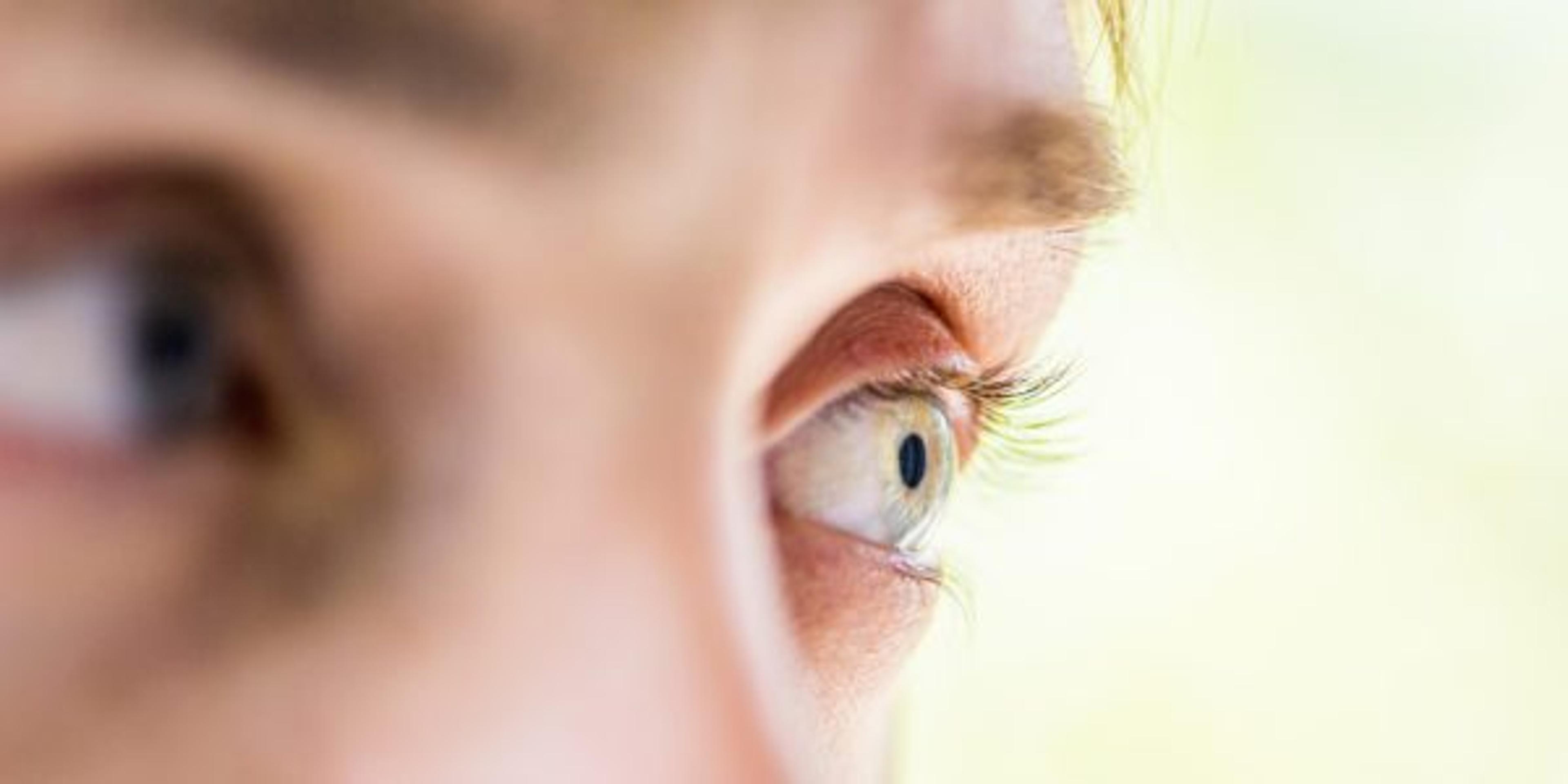Eye Symptoms Diabetics Should Pay Attention To
A Healthier Michigan
| 3 min read

Many people who work to manage their diabetes know that vision problems can be a side effect of the disease. They understand that if they suddenly experience blurry vision or see tiny “floaters” in their field of view, they need to let their healthcare provider know about these symptoms.
But some people might be surprised to learn that cases of serious eye conditions like diabetic retinopathy are expected to nearly double in U.S. adults by 2050, affecting 14.6 million people. Because of this, it’s important to know what eye symptoms every diabetic should watch for.
How diabetes can affect vision
People with diabetes make up a growing sector of this country’s population, with young people and ethnic and racial minorities comprising the fastest-growing number of new cases, according to the Centers for Disease Control and Prevention. There are more than 34 million people in the U.S. who have been diagnosed with diabetes and another 88 million – one in every three adults – are considered to be pre-diabetic.
In addition to heart issues and kidney problems, diabetes can also cause several different kinds of vision problems, according to the National Institutes of Health. When a person’s blood sugar gets too high and stays high for too long, it can damage blood vessels near the eyes and other parts of the eyes. Some common eye conditions diabetics may develop include:
Diabetic retinopathy
Blood vessels can bulge or leak into the eye’s retina. If the condition worsens, abnormal blood vessels can form on the retina, partially obscuring a person’s vision.
Diabetic macular edema
Affects the part of the eye where sharp images are processed. It can cause partial vision loss and sometimes blindness.
Glaucoma
Damage of the optic nerves, causing vision loss or blindness.
Cataracts
A cloudy film develops on the lenses of the eye, obscuring vision.
Symptoms of diabetic eye disease
Many times, there are no gradual symptoms of vision problems associated with diabetes. Instead, they pop up like a red flag. Anyone with diabetes can develop a diabetic eye disease, but those at higher risk are over the age of 40 and have untreated high blood pressure or high blood sugar. Here are some of the common symptoms. Any of these mean a person should contact their healthcare provider:
- Blurry vision
- Quality of vision changes frequently, sometimes from day to day
- A decrease in color vision
- Seeing flashes of light
- Seeing “floater” spots or dark strings
- Vision loss
- Dark areas in your vision
Early detection for eye conditions
Recent research from Indiana University has discovered new ways of detecting changes in the eye that are considered biomarkers for diabetic retinopathy. This could lead to earlier detection of the condition, and perhaps even earlier detection of diabetes in some people, giving at-risk people a head start on treatment.
The research showed that by using specialized optical techniques, followed by computer analysis of the images, retinal scans can be used in a new way to detect eye problems in a much earlier stage than current detection routines. The study also was a way to use artificial intelligence-driven analysis to find the abnormalities in the eye scans, which researchers say is an exciting development for this area of medical science.
Photo credit: Getty Images
Related:





